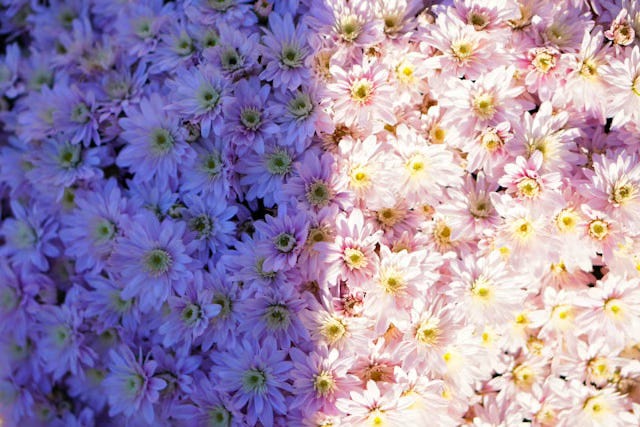Two Ways of Beginning a Book Chapter About Georgia O'Keeffe's Art and Mental Health
The final draft that I submitted to the editor/ publisher and the final final draft that ended up as the published version, giving you a chance to see what happens in the editing process.
If you are interested in understanding the relationship between art and health in your own life: Order a Creative Health Assessment or Book a 1:1 Coaching Call.

When I wrote The Artist’s Mind, I submitted drafts to an editor and we worked back and forth together until we submitted a final draft to the publisher. Then, when I got back the proofs, a lot had actually changed between my final version and their final version. There were some additional edits then and some finals before publication.
To give you an idea of what this kind of book editing can look like, I thought I’d share the first paragraph of the intro that I had first landed on for the Georgia O’Keeffe chapter followed by the first paragraph you’ll actually find in the published book.
My Original Final Version
Depression is one of the most prevalent mental health issues in the world, second only to anxiety. Georgia O’Keeffe had the unfortunate reality of living with both conditions, which isn’t at all uncommon. Many people today struggle with low-grade (also called “high functioning”) forms of these conditions. They aren’t ever hospitalized and to those who don’t know them well, they may appear perfectly “fine,” but inside they struggle. This seems to be the case for O’Keeffe, with the exception of one period of major depression that came following a traumatic period of romantic turmoil. O’Keeffe did experience several other bouts of depression throughout her lifetime, often manifested through physical health symptoms, but she worked through most of these other lows, although she did note that her emotions affected her energy. But before we explore the times she was able to persevere, let’s look at the one period of major depression that led to O’Keeffe’s hospitalization.
The Published Version
Depression is one of the most prevalent mental health issues in the world, second only to anxiety. Georgia O’Keeffe had the unfortunate reality of living with both conditions, which isn’t at all uncommon. Also, like many people today, she seemed to have low-grade (also called “high functioning”) forms, with the exception of one period of major depression that came following a traumatic period of romantic turmoil. O’Keeffe’s story is an inspir ational one and demonstrates the importance of radical self-care and thoughtful life choices in order to live peacefully with mental health issues. By prioritizing herself and her art over a controlling, philandering husband and taxing work environment in New York City, O’Keeffe was able to slow down, breathe deeply, and truly appreciate the beauty of nature. Through her creative meditations on her southwestern desert home, O’Keeffe found an inner quietude that mirrored the desert’s tranquility, and she shared it with the world through her paintings.

What Changed?
Emphasis: In the original, I emphasized high-functioning depression and O’Keeffe’s perseverance through mental health challenges. In the final version, the focus shifts to her self-care, life choices, and the healing power of nature in her life.
Symptoms Detailed: I included specific descriptions of symptoms and physical impacts related to O’Keeffe’s depression in the original. The final version, however, focuses more on her recovery strategies instead of the symptoms themselves.
Hospitalization: In the original, I set up a discussion of a major depressive episode and her hospitalization. The final version only briefly mentions this episode before moving to O’Keeffe’s positive life changes.
Overall Tone: The original paragraph had a more academic or clinical tone, whereas the final version is more whimsical and inspirational.
I appreciate the way the editors included different details, gave more readerly flow to the piece, and highlighted her strengths. However, I do regret that more of the truth of her challenges, depressive symptoms and hospitalizations aren’t included in the published version as the whole point of my research has been to explore the nuances where art and psychology impact each other in ways positive, negative, and neutral.






It's so interesting to see the changes that were made. How did you feel about them?